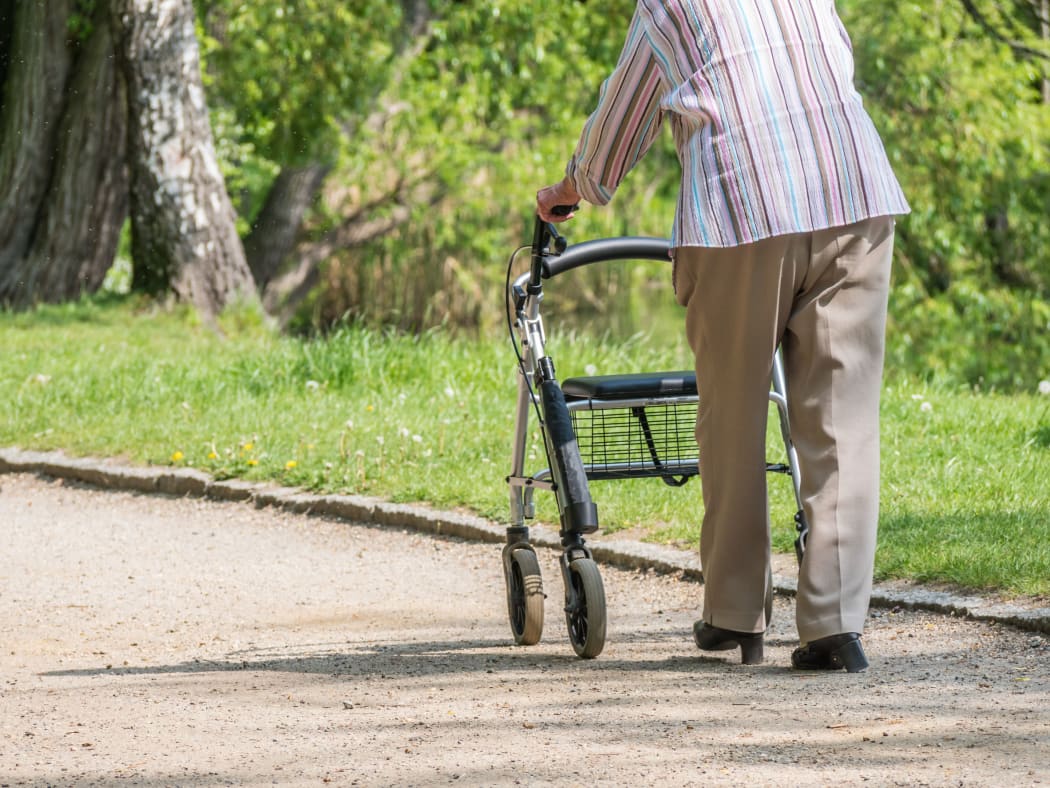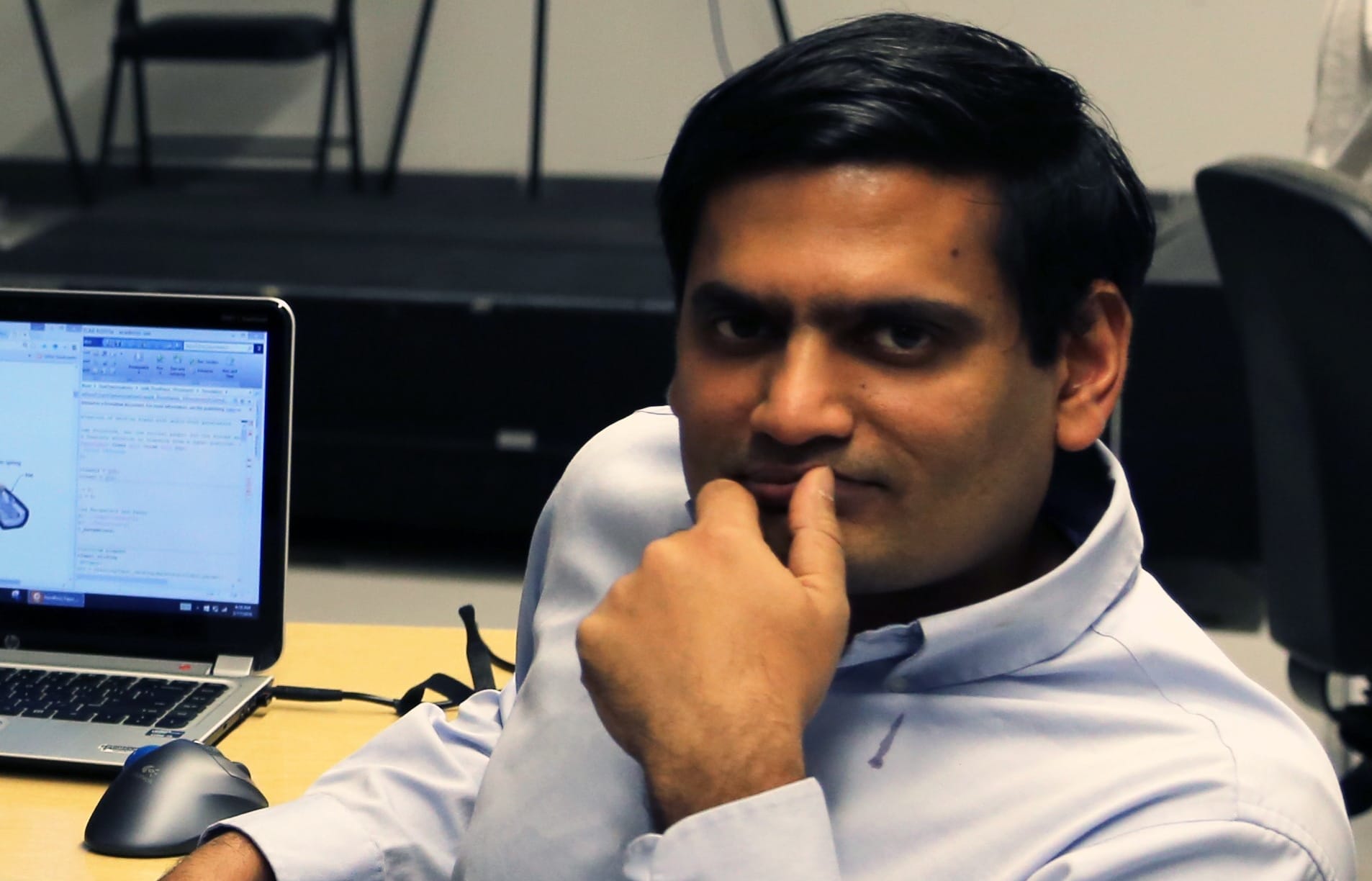Falls are the second leading cause of accidental or unintentional deaths worldwide after traffic accidents. And modern lifestyles are making our balance worse, leaving us more vulnerable to trips and falls.
Between 1990 and 2017 the number of deadly falls doubled, and it’s not just the elderly falling over, some people in their mid-40s are exhibiting balance as bad as those in their 70s and 80s.

Photo: 123RF
Associate professor Manoj Srinivasan works on the mechanics of human locomotion at Ohio State University and joined Jim Mora to discuss the problem
Walking is one of humanity’s hardest-won evolutionary skills and is extraordinarily complex, he says.
“Walking on two legs, or standing still on two legs, is kind of a complicated thing to do, I like to say that people are top heavy, and any number of things could go wrong that could give rise to people falling more.
“Each of our legs has fifteen muscles and balancing and walking on two legs is kind of like balancing a pencil or a stick on your fingers vertically. You are constantly doing movements or small changes in your muscle forces to keep yourself stable.”

Associate Professor Manoj Srinivasan from Ohio State University. Photo: Supplied
The human nervous system integrates information from various sensors, Srinivasan says.
“It has access to the eyes, the vestibular system which are these canals inside your inner ear, there are sensors in your muscles and in your skin, and there is information streaming through all these sensors to the brain and the nervous system.
“And this constant modulation keeps us stable and if this modulation was turned off we would fall down in a second.”
His observation of people on treadmills shows a kind of constant adjustment going on.
“You would superficially think we are periodic, that every step resembles every other step when you are walking along on a treadmill, but it turns out that every step is slightly different from every other step, because of our sensors.
It turns out all these are noisy, they are imperfect in various ways, and because of these imperfections the body does slightly different things on every step.
And because of this, we are pushed and pulled away from a perfect walking gait. It turns out the body pays attention to the little deviations of the body and corrects that.”
The body makes unconscious micro-corrections, he says.
“If your pelvis moves to the right by say half a centimetre. which you would never notice while you are walking. where you place your foot on the next step changes by about half a centimetre to correct for your pelvis falling over to one side.”
There is research showing millennials are significantly weaker than the adults of the mid 1980s.
This could be because of more sedentary life styles, he says.
“Humans are perpetual learning machines, constantly learning and adapting, if you are not doing a certain thing our skill level at doing that thing goes down. So it only stands to reason that if we are not moving well we would less effectively overall and perhaps fall more.”
As for remedies? Stay active, he says.
“Over all being physically active, specifically exercising in a manner that our legs get a rich movement experience is overall in my opinion sufficient.”

